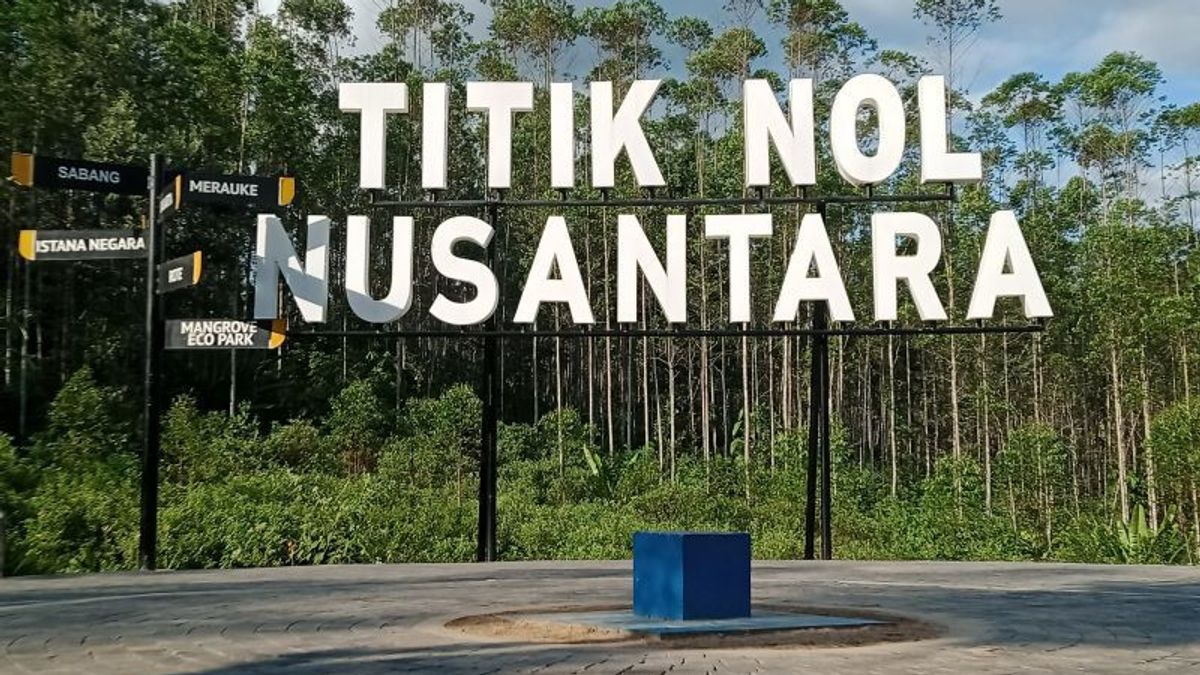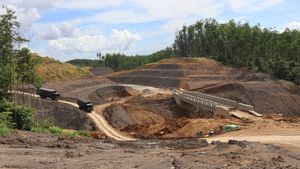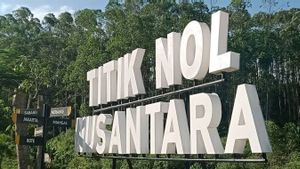The Capital Authority of the Archipelago (OIKN) admits that the IKN area was damaged even before it was designated as the area of Indonesia's new capital city.
In total there are around 120,000 hectares (ha) of forest land that must be rehabilitated or restored.
Deputy for Environment and Natural Resources of the IKN Authority, Myrna Safitri, said that his party is obliged to maintain biodiversity in IKN.
However, extra efforts are needed to achieve this.
"We convey that in the ecosystem situation at IKN, we know that most of it has been damaged even before the establishment of IKN (as the new capital city of Indonesia)," said Myrna in the agenda of the Public Consultation of the Biological Diversity Management Master Plan virtually, Wednesday, December 27.
"Extra efforts are needed to protect biodiversity by restoring existing ecosystems. However, we believe that IKN is a place for us to show seriousness in aligning environmental aspects in development," he added.
On the same occasion, the Director of Forestry Utilization Development and Deputy Water Resources for the Environment and Natural Resources of the IKN Authority, Pungky Widiaryanto, said that the current amount of forest cover in IKN is only about 16 percent of the total 256,142 ha area.
"Before the IKN declaration, the secondary forest cover was only 16 percent with a deforestation rate of 1,000 ha per year based on the analysis of the 2009-2019 KLHK land cover," said Pungky.
Based on OIKN data, there are around 120,000 ha of land that need rehabilitation or restoration. This condition causes OIKN to have a heavy homework to restore IKN conditions that have been damaged from before.
As for the big plan, there are about 65 percent or approximately 177,000 ha which will be designed as protected/green areas.
SEE ALSO:
In addition, there are around 3,889 species of biodiversity in IKN as a whole.
Of these, 440 types are included in the International Union for Conservation of Nature (IUCN) red list. This means that the species is threatened with extinction.
Currently, OIKN is processing the preparation of the IKN Biodiversity Management Master Plan since July 2023. According to the plan, this document will be completed in early 2024.
The English, Chinese, Japanese, Arabic, and French versions are automatically generated by the AI. So there may still be inaccuracies in translating, please always see Indonesian as our main language. (system supported by DigitalSiber.id)

















